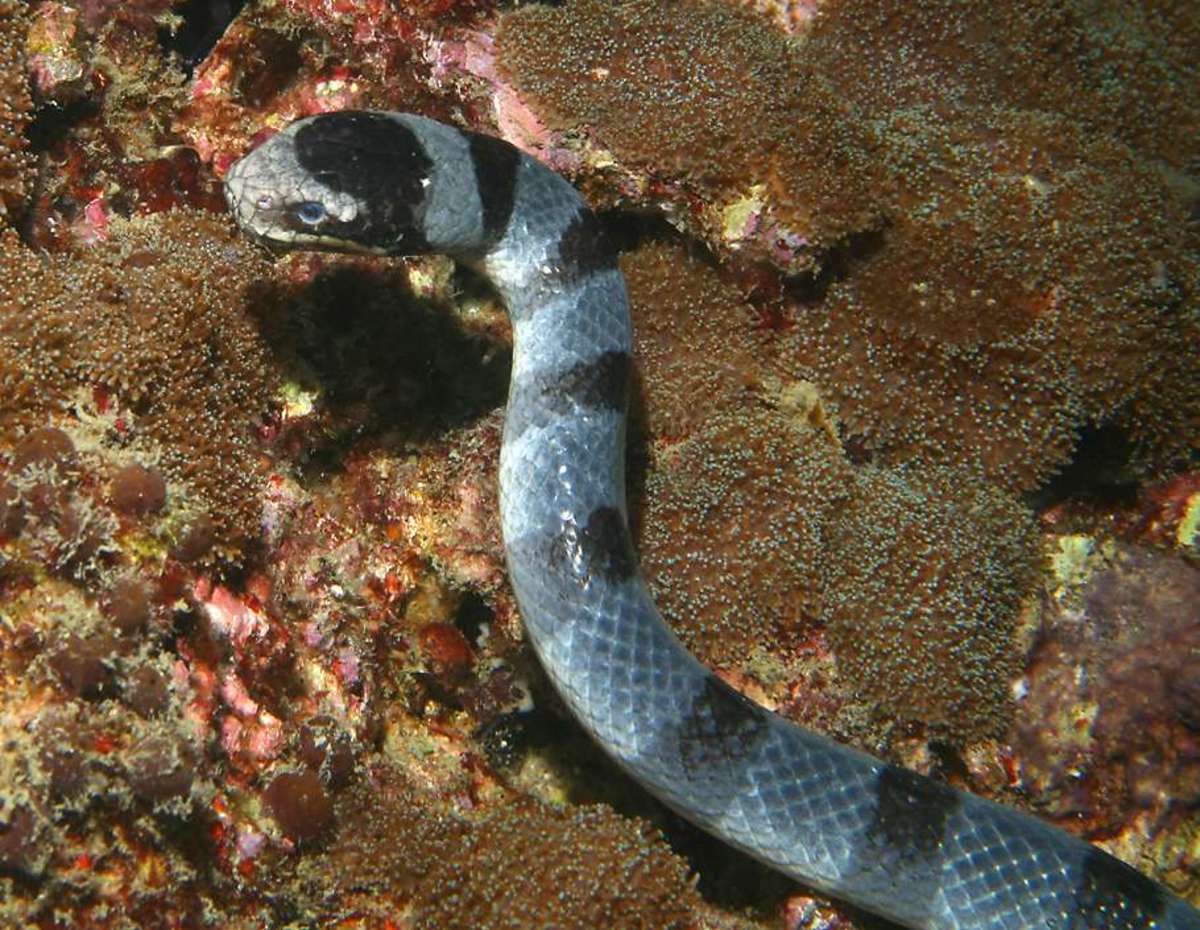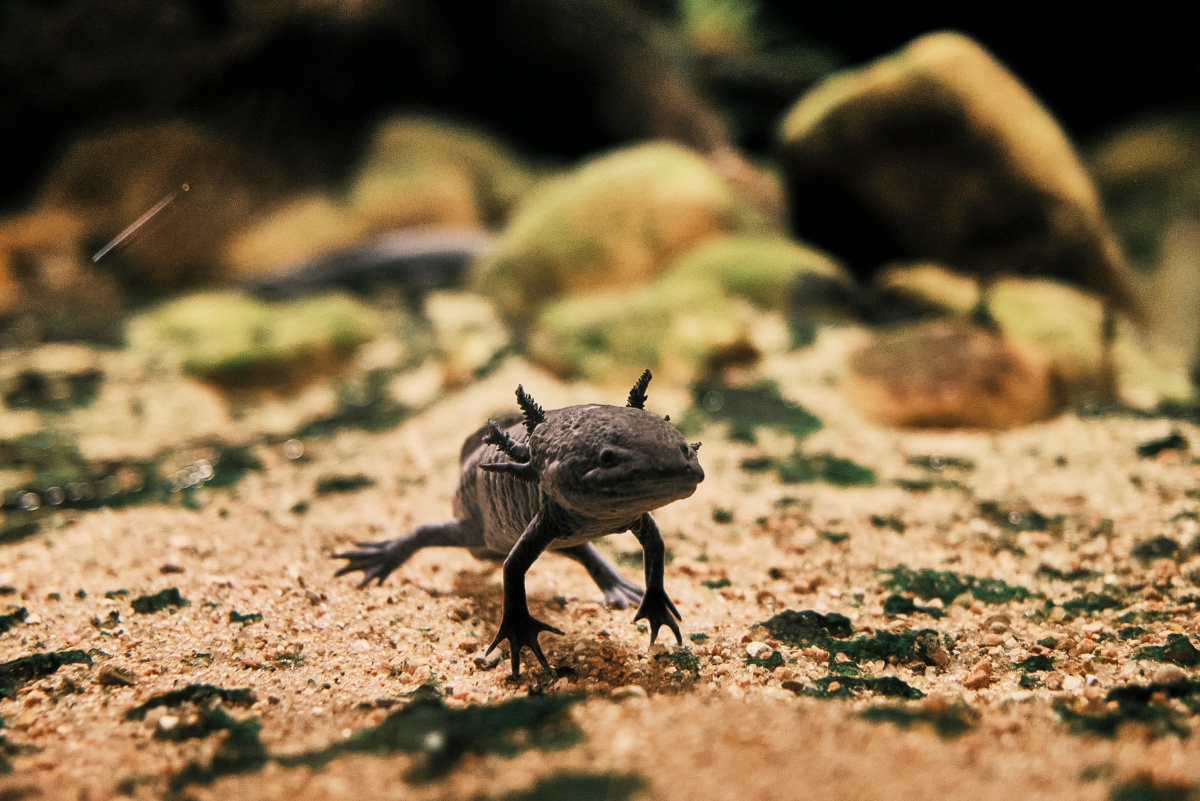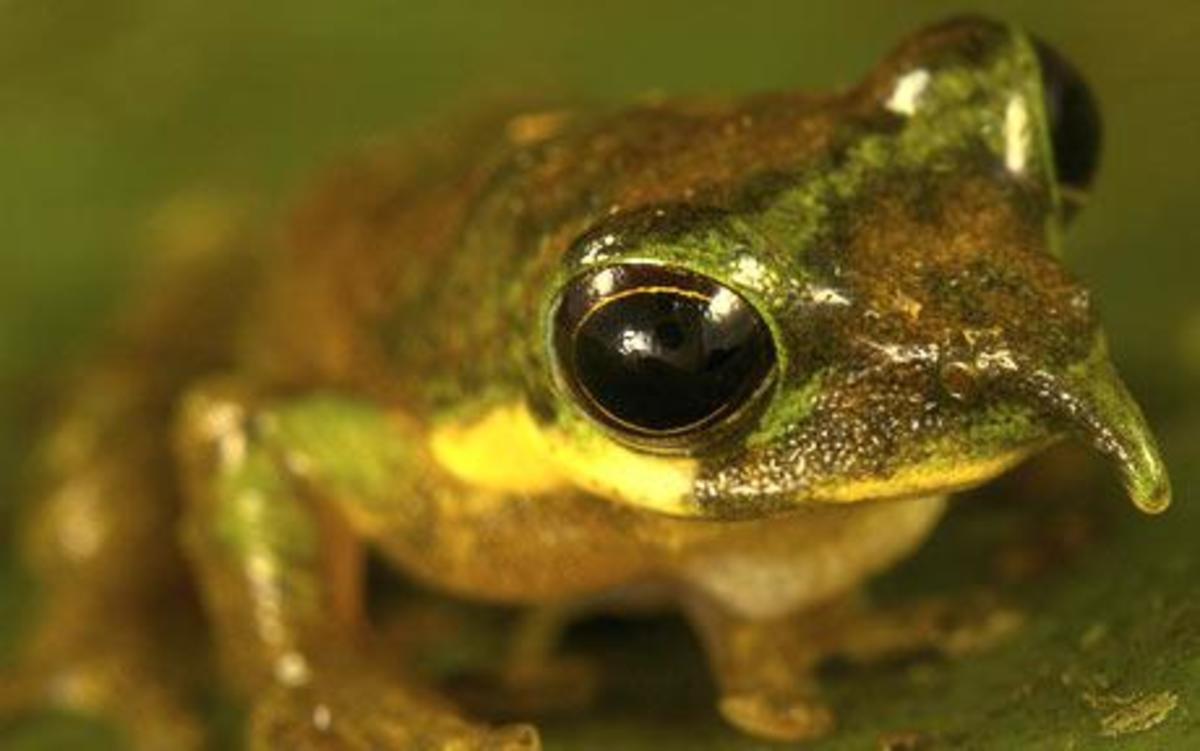Leeches, What Are They Good For?
Leeches. Vile vampires or disgusting doctors? They are both.
The leech is a kind of worm that lives in muddy freshwater. Leeches are predators and feeds of mostly fish and other animals. In Sweden, there is only one specie that could feed from humans, the Hirudo medicinalis (European medical leech). It got that name because it's been used in medical purpose since human developed medicine.
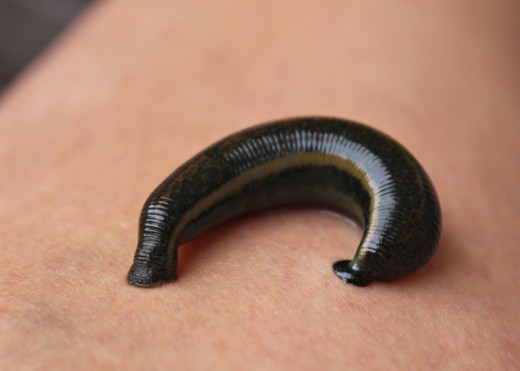
The anatomy of the European medical leech.
The leech is like a worm and can shorten and stretch out itself. It can stretch itself to a length of 15cm / 6,9". As they shortens, they get wider. But they are always narrower in the front.
The color is a green-brown tinted black with six red stripes on the top side. The bottom is more gray.
In the front and back is a suction cup which they use to stick to the surface of the water-bed and prays. The cup in the front is smaller. They moves by a walking procedure with the suction cups. There are also som species that can swim.
How they bites and how you can get them off.
In the mouth, there is three jaws, filled with tiny, sharp teeth. When they bites, they use all the teeth.
They usually bites for 20-30 minutes and eats around 10 ml / 0,3 oz of blood.
To get them off, the easiest way is to wait for them to get done. Some may say that you should burn them, but that is not recommended. If you do that, they might vomit before they release. If they vomit in your wound, you might get a blood-borne disease from their previous pray (like HIV or other). If you really wants it of, you can take a fingernail or a credit-card to bend it of.
When they release, they leave a three-pointed-star-shaped wound.
How to think like a leech and choose prays.
When a prey is near a leech, the leech feels it's body-heat or the smell from its sweat.
The prey is mostly mammals, but if victims are few between (or it's a young leech with underdeveloped jaws) fishes, frogs and toads could be a delicious meal.
When the prey is found and the feast went successful without interruptions, the leech don't need to eat for 12 months as the added hirudin makes the blood last for that long.
And what is hirudin?
Hirudin is a fluid that makes the blood not coagulating. That's used as an additive so they can store the blood in the gut for the 12 months.
The glands which produces the additive are in the mouth and gets added to the blood as it's drinking.
When the leech let's go, the additive gets mixed in the wound. That will keep the blood from coagulating and forming a scab. So the blood will keep on pouring until the hirudin is gone. And that could take up to 7 hours, so keep a first-aid-kit on hand.
Medical Leeches Feeding
Procreation.
Leeches are hermaphrodite (both sexes at the same time).
In the month of July, the leeches comes to the shore to lay their cocoons with eggs in wet mud. Each cocoon can contain up to 15 eggs. The cocoons get secreted from a part called clitellum which contain both the male and female reproduction organs. It takes two leeches to act as the mother and a father.
After some months, the eggs hatch and the leech babies locates the water. As their jaws isn't fully developed yet, they looks for prey with thinner skin (fish, frogs and snails).
One leech can age past 15 years.
...classified as an endangered species...
Are leeches endangered in Sweden?
No, leeches are common in Sweden. And the more south you travel, the more common it gets. But the European medical leech on the other hand are rare. In southern Sweden, they are few and far between. In the north, they are extinct. On the islands of Gotland and Öland, they are more common, but still rare.
European medical leech is classified as an endangered species in Sweden. The reason for that is because of the natural ponds and streams (which is their natural habitat) have been dug out or filled in during the last century.
Misconceptions.
- The common leech Haemopis sanguisuga is very often mistaken for the European medical leech. The Swedish word for the European medical leech is blodigel (literally translates to blood-leech). But for the average person, that word goes for all the leeches.
- The leech is a vicious blood-sucker. No, one meal keeps them fed for a year.
- If you gets bitten in the wild it is dangerous. Sure, if you gets bitten by several leeches and don't have a way to stop the blood, you can bleed out. But only one, no. Keep calm and just remove it.
- You need to burn them to safely remove. No. As stated before, the best thing to do is using your fingernails or a credit card.
- You can get infected by leeches. Not false. You can get infected with blood-diseases if their last prey is infected. But by the leech itself, no. Madder of fact, the leech keeps the wound clean.
European medical leech and the medical purposes.
Ever since humans have tried to heal each-other, the European medical leech had played an important role.
In the ancient Greece it was common to think that the cold or fever was the cause of high amount of blood. So they let leeches eat some of it to lower the amount.
In the medieval Europe they thought that some diseases was the cause of bad blood. So they let the leeches eat that bad blood.
To collect the leeches, a collector walks down the water and let the leeches gets on his legs. That was an underpaid job and the worker often suffered from blood-loss and blood-diseases.
In the modern-day, after a 100-year period of not using leeches, they got rediscovered in 1975 to keep blood circulating in transplanted body-parts (like fingers, ears and noses). The cause for not using leeches during that period was caused both for overusing and misconceptions.
They can also be used for fixing blood-poisoning.
Using leeches in medical purposes got granted by FDA in 2004.
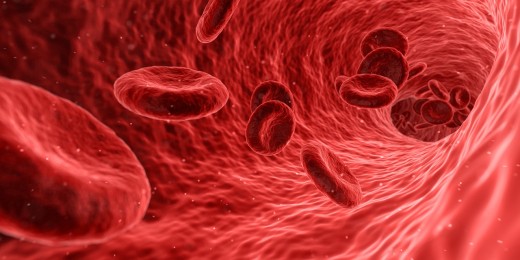
Leeches as pets.
If you want, you can keep leeches as pets. Most recommended is that you try to get your hand on those that is bred for medical purposes.
You can keep them in an aquarium with fresh waters that you change regularly, but remember to keep it covered, or the leeches will escape. They can squeeze thru narrow holes.
As for feeding, you could let them eat from you, but you need to check with a doctor before. Or you could fill a sausage-casing with blood from your local butcher that you store in the freezer. Just remember heating them slightly before serving as that is what they are looking for in a prey.
And remember, they only needs to get fed once a year.


